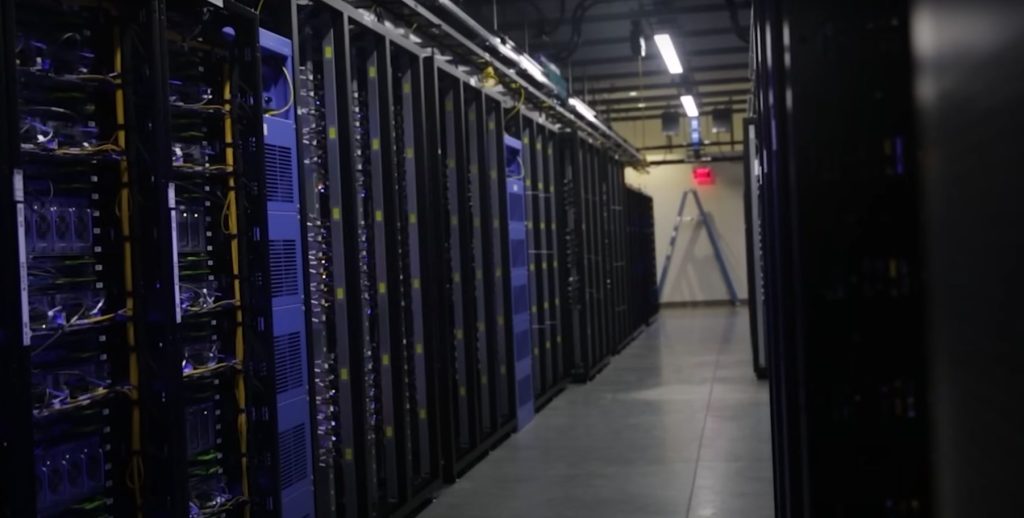Machine Learning (ML) is one of the most influential and rapidly growing fields in today’s digital landscape. It is an application of artificial intelligence (AI) which provides systems the ability to automatically learn and progress from experience without being explicitly programmed. With vast amounts of data being generated each second, machine learning equips our digital world with the capability to analyze and utilize this data to gain meaningful insights and develop more intelligent applications.
The Essentials of Machine Learning
Machine learning operates on the principle of understanding patterns within data and using these patterns to make predictions or decisions, rather than being programmed to perform specific tasks. This is achieved through algorithms or mathematical models that are used to identify and interpret patterns in the vast sea of data. The more data the algorithm processes, the better it becomes at prediction, hence evolving and ‘learning’ over time.
In essence, machine learning is a form of data analysis that automates the process of analytical model building. It identifies patterns on the basis of which it can make predictions with little human intervention; thus incorporating the element of adaptability and growth.
Machine Learning in Today’s Digital Age
In our petabyte age where data is generated at an exponential rate, machine learning is invaluable. It is deployed in industries from healthcare to transportation, e-commerce to energy, enabling the prediction of outcomes, detecting trends, and offering tailored experiences.
Social media platforms, like Facebook, use machine learning to analyze user behavior and tailor content that would most interest the user. E-commerce platforms like Amazon use it to predict purchasing behaviors, providing customer recommendations. In wildlife conservation, machine learning is used to monitor and track animal migration patterns.
It is particularly critical in fields that deal with massive amounts of data or need constant adaptability. Cybersecurity uses ML to identify new threats and malware. Financial trading companies use it to predict market trends. The scope of machine learning is expanding day by day, transforming the ways we interact with the digital world.

The Future: Machine Learning & AI
Artificial Intelligence and machine learning are set to be game-changers of the future. Technologies like self-driving cars, personal voice assistants, chatbots bank heavily on machine learning. They are woven into the fabric of our daily lives, reshaping how we live and work.
Machine learning fuels the development of AI as it equips AI systems with the ability to learn and adapt, bringing us closer to achieving genuine artificial intelligence. The future implies further integration of machine learning into our day-to-day interactions, driving efficiency, productivity, and innovation.
FAQs:
What is Machine Learning?
Machine learning is an application of artificial intelligence that provides systems the ability to automatically learn and progress from experience without being explicitly programmed.
How does Machine Learning work?
Machine learning algorithms analyze input data and use statistical analysis to predict an output value, updating their outputs as new data come in.
What are the applications of Machine Learning in everyday life?
Machine learning has diverse applications, including voice recognition systems, recommendation systems in e-commerce, email spam and malware filtering, predictive maintenance, and financial market analysis.
What is the difference between Machine Learning and Artificial Intelligence?
Artificial Intelligence is a broader concept that implies the ability of machines to mimic human intelligence or behavior. Machine Learning is a subset of AI that focuses on the design of systems that can learn from and make decisions or predictions based on data.
How will Machine Learning change the future?
Machine learning, by analyzing and interpreting patterns in data, can make decisions and predictions autonomously. This will make our devices smarter and more personal, and it will lead to efficiency in industries such as healthcare, manufacturing, and transport.
Conclusion
In this digital age, machine learning is a transformative technology shaping our experiences and interactions with the digital world. It has made businesses more customer-centric, opened new avenues for innovation, and paved the way for the future of AI. Its constant evolution holds immense potential, making it an exciting field to watch in the years to come.
